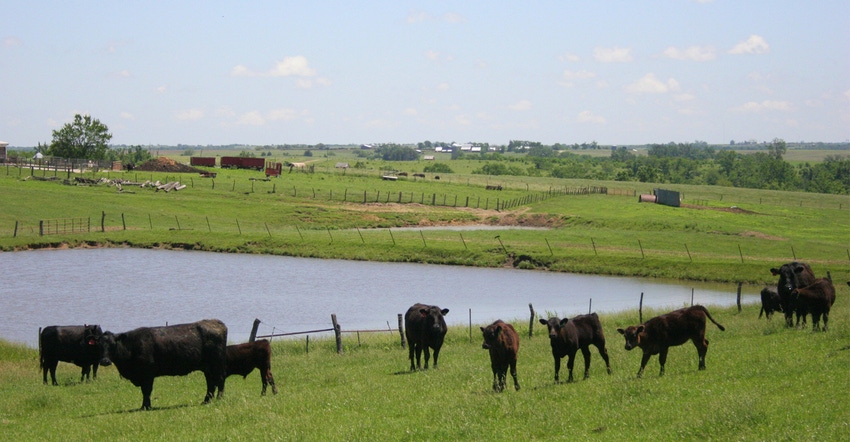July 27, 2021

Mother Nature doesn't always cooperate in the spring during the window for seeding forages. So, spring seeding may not have happened, or stand establishment may be less than desired. Late summer provides an opportunity to establish forages or interseed into poor stands, assuming moisture is available. The recent rains may have some growers thinking about this, so here are some tips to consider helping a late summer seeding of forages be successful.
Plan now. If you haven't recently taken a soil test, it is recommended to do so before seeding to determine need for fertilizer or lime applications.
• Make sure to have weeds in check, especially problem perennial weeds. Determine whether herbicides previously applied may impact the desired forages.
• Order the desired seed to have on hand when appropriate seeding time occurs.
• Ensure the equipment you plan to use is ready for use.
Timing and moisture are the key to success. Seed as early as possible and try to time ahead of a rain event. Seedlings need six to eight weeks of growth after emergence to have adequate vigor to survive the winter. Following are recommended dates to have late summer seedings completed:
• Northern Iowa, Aug. 10
• Central Iowa, Aug. 20
• Southern Iowa, Sept. 1
Forage legumes like red clover and alfalfa can be seeded by the dates above with adequate moisture present. Other species like birdsfoot trefoil or reed canarygrass establish more slowly and should be planted in early August. Kentucky bluegrass, smooth bromegrass, orchardgrass, timothy or tall fescue can be seeded two weeks later than the dates listed.
Warm-season grasses like switchgrass, big bluestem and Indiangrass should NOT be seeded in the fall due to lack of time to establish before a killing freeze.
Planting tips. If tillage is used, use a cultipacker after seeding to ensure good seed-to-soil contact.
• A no-till drill minimizes soil disturbance and reduces erosion risk if heavy rain occurs after seeding.
• Seed should be planted shallowly, ideally between ¼ and ½ inch for most species.
• Only seed if there is adequate soil moisture or a good rain is forecast; otherwise late-summer seeding is likely a recipe for failure. If seeding into a drier soil, the concern is that there may be just enough moisture for seeds to germinate but not enough to allow establishment.
• When seeding into pastures, be careful of areas with dense growth of the current species.
Successful pasture interseeding tips. Graze or lightly clip the current species as low as possible prior to seeding, as this will help the new seedlings to compete with the existing stand
• Avoid seeding into dense residue created by mowing.
• This is a great time to introduce red clover or alfalfa in fescue-dominant pastures, desirable species in this scenario.
Here are some additional resources:
• PM1688, A General Guide for Crop Nutrient and Limestone Recommendations in Iowa, cdms.net (check herbicide labels)
• PM 1792, Selecting forage species
• PM 1008, Steps to establish and maintain legume-grass pastures
• PM 1097, Interseeding and no-till pasture renovation
Source: ISU Integrated Crop Management News, which is responsible for the information provided and is wholly owned by the source. Informa Business Media and its subsidiaries aren't responsible for any of the content contained in this information asset.
You May Also Like




